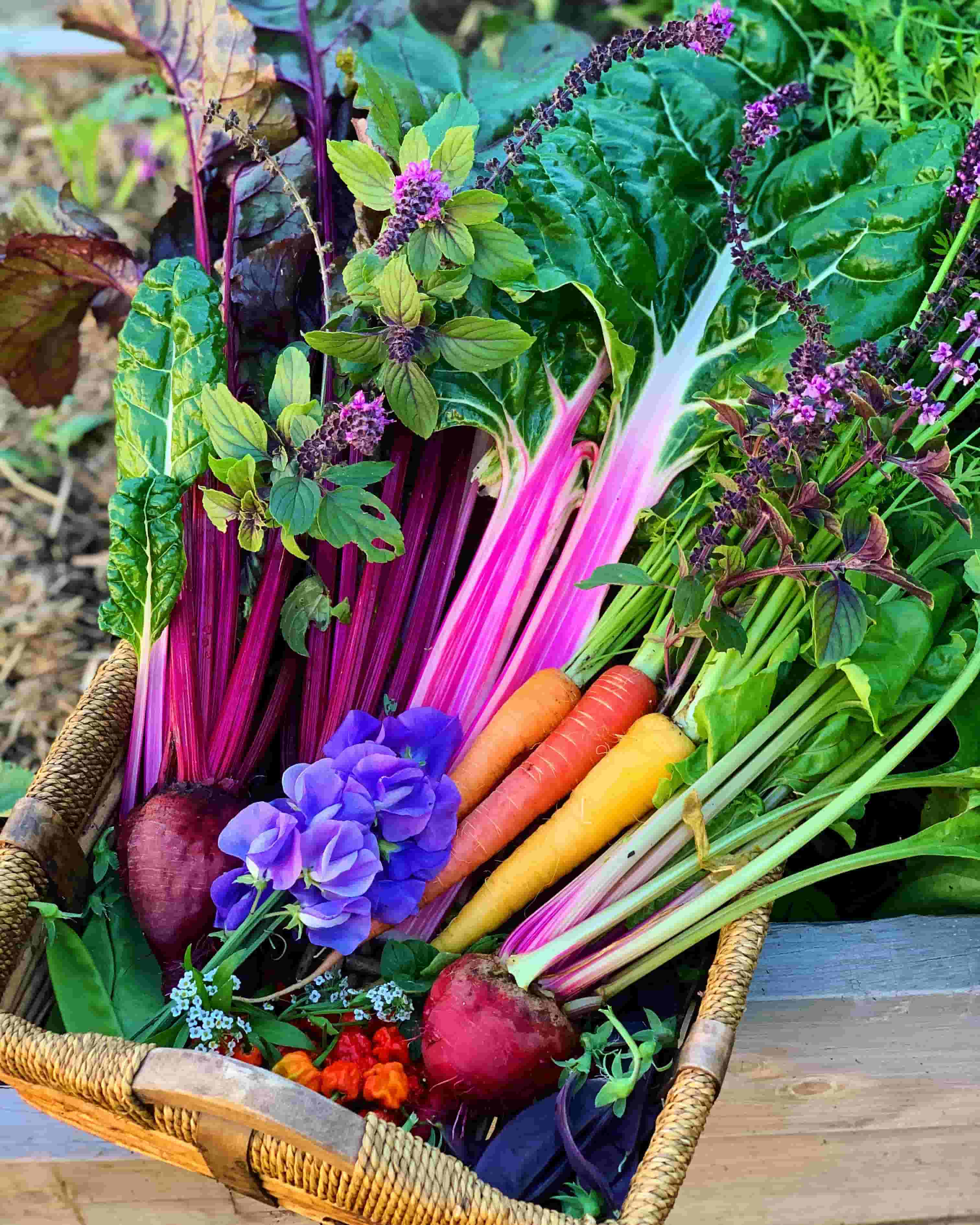How To Plan Your Winter Garden



As we make our way into Autumn, its time to start thinking about our Winter gardens! In Australia, we are so lucky to be able to garden year round and now is the time to start planning our Winter crops. Planning is an important part of any successful garden and can help you increase productivity levels, build a diverse ecosystem and learn more about your space. Here are some things to consider when planning for the Winter season...
Cast the Vision
At the beginning of each season, I like to have a vision for my garden. I draw inspiration from everywhere and start to dream up how I want my garden to look, what I want to plant and what I want to be harvesting. You can find inspiration almost anywhere! I even take note of different colour combinations I like and integrate those into the garden via flowers and vegetables. Find pictures of gardens that inspire you or vegetables that you'd love to try for the first time, all of this is part of developing your vision for your Winter garden this season.

Identify Your Goals
Writing down your short-term goals for the season can help you stay on track. It helps you to focus in and generates excitement while motivating you! Pick a few things you really want to achieve this season and write them down on paper (we have a Season Goals section in our Garden Planner for this exact thing!). For me, this season, I want to lift my Broccoli game, grow enough Podded Peas to feed us throughout the season (I always feel like I underplant no matter how many seeds I put in), I want to grow Anenome's for the first time, grow double the amount of Ranunculus as I did last season and the list goes on...
Know What's In Season
I cannot stress enough how important it is to know what works in your climate during each season. This will be one of the main things that determines whether you have a successful season or not. Australia has a wide range of different climates so doing your own research is crucial. For example, if you are in QLD, Tomatoes will grow well during Winter whereas in Victoria, this would not be a good idea at all! When deciding what to grow, always pick the things you love to eat first! I like to also choose a few new things to try each season to keep things interesting.


If you are like me, you will still be harvesting from your Summer garden in early Autumn and whilst you are starting planning for Winter, you won't be at a stage where you are ready to sow (which is a good thing because it is likely still way to warm anyway). Use this planning time as a time to cleanup from Summer. At this point in the season, you will have areas that have hit their used by date, plants are ready to be pulled out and beds cleaned up and prepped. Identify these areas and start the cleanup! You'll often find, as you clean up and look towards Winter you will start to get ideas of what you can plant in these spaces and your vision will grow.
Draw Your Garden
I used to be a 'plant on the fly' type of person but as I've grown in my gardening journey I've realised the importance of drawing or even just writing down what you are going to plant and where. Crop rotation and succession planting are both important to practice and having some kind of (at least) loose plan is the best way to achieve them.
You don't have to be a killer artist to do this! It can be as simple and practical as you want. Things to think about when you are designing your garden layout for the season are:

- Sun Requirements - how much sun does each vegetable need? There are many Winter vegetables that will be fine in part shade and some that need full sun. A good rule of thumb is 'if you grow it for the root or the fruit you need full sun, if you grow it for the leaves partial shade is all you need'
- Crop Rotation - what was grown in the bed last season? Try and change it up each season as best you can (I know this isn't always possible). Don't grow the same thing in the same bed year after year as this can encourage disease and deplete your beds of nutrients.
- Companion Planting - what plants grow well together? There are lots of planting combinations that will be beneficial to your Winter garden (If you have a Garden Planner, the Companion Planting chart will be your best friend!). A combination I love to use in my Winter garden is Carrots, Radishes and Chives. Chives are said to improve the flavour of carrots, while Radishes will germinate and grow faster than your carrots, loosening the soil and giving you a solid harvest while you wait for your carrots to grow. They are also a great decoy plant and slugs tend to go for their tops rather than your baby carrot seedlings.
- Positioning - you can't plan properly without knowing what your plants will look like months down the track! Consider space requirements, whether they will need a trellis, do they sprawl or grow up? All of these things will play into where you position for plants in your beds
- Nutrition Requirements - different plants have different nutritional requirements and this is important to know when planning your garden. For example, root vegetables like carrots don't like nutrient rich soil and in particular, too much nitrogen. On the flip side, Winter greens love nitrogen and a nitrogen rich soil will result in a thriving greens bed.


